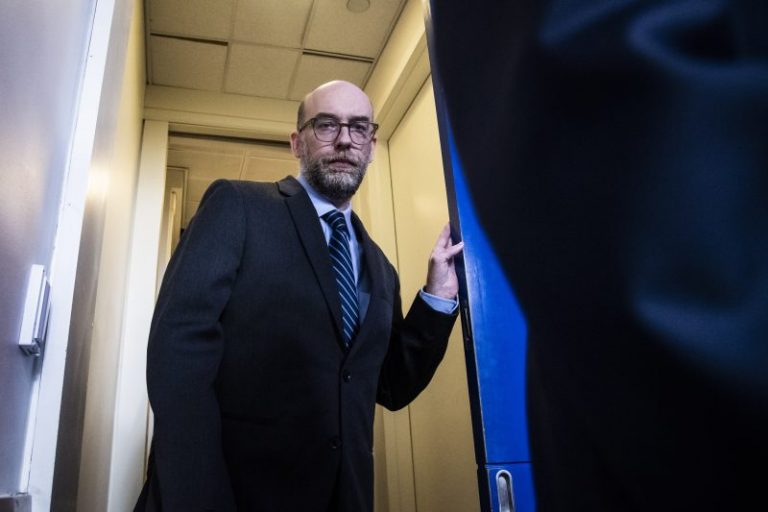The first months of the 118th Congress have seemed like someone put standard Republican objections to spending in a blender. Thanks in part to the government reaching the limit on the debt it’s allowed to accrue, Republican leaders announced that they would use a vote to raise the limit as leverage to cut spending. In short order, it became apparent that the threat wasn’t rooted in a desire to cut specific spending, just spending in general. So, in the weeks since, the party has been trying to figure out what that looks like.
Despite rumblings that Social Security and Medicare might be included in cuts, Republicans have since denied any such plans — severely limiting the pool of funds from which cuts could be extracted. There was a good reason not to cut those programs, though: lots of Republicans are now at the age where they can draw from those programs, and President Biden has been adamant about trying to use them as a wedge issue.
So what’s left? Reporting this weekend from The Washington Post’s Jeff Stein, Josh Dawsey and Isaac Arnsdorf suggests that a leading contender is spending on programs for the poor — a group that’s much less important to Republicans electorally.
The Post reporters identified former Trump administration budget official Russell Vought as playing a key role in figuring out where to cut. Here’s how they describe his areas of focus:
Cuts to food stamps and medical programs for the poor? Not unexpected, but remarkable in contrast to the rush to defend programs for senior citizens. In years past, Republicans would have included both pools of funding among their prospective targets. Now, the seniors are safe — as people over the age of 65 make up about a third of the Republican Party.
Seniors have been very important to Republican candidates in recent years. Pew Research Center’s validated polling of voters from 2016 to 2020 shows the sharp dividing line by age that’s been clear since 2008. It also shows the divide on education, with college-educated Americans more likely to vote Democratic. Many of those without college degrees who vote Republican make a decent income, though, so lower-income Americans vote more heavily Democratic.
If you’re an electorally conscious Republican looking to target something benefiting the old or the poor, which would you choose?
Last month, YouGov polled Americans on how they felt about various government programs. Interestingly, there weren’t significant differences between Democrats and Republicans or their families in use of programs like Medicaid, unemployment or the Special Supplemental Nutrition Program for Women, Infants and Children (WIC), but there were differences in support for the programs and belief that they should be cut. A fifth of Republicans said they or their families use WIC, the same as Democrats, but a fifth of Republicans said the program should be cut or eliminated. More than a quarter of Republicans said the same of food stamps. A fifth said it of Medicaid.
Note that these are small percentages, even among Republicans. They are more likely to support increasing funding for Medicaid than eliminating it; most support at least keeping funding levels the same. Even with food stamps, the percentage of Republicans that support increasing funding is equal to the percentage saying it should be cut or eliminated. More than 6 in 10 support either increasing funding for food stamps or keeping it the same.
But politically, such cuts land in a different place than cuts to Social Security (which most Republicans think should get more money). There’s a long-standing tradition on the right of casting certain programs that aid poor people as a violation of the idea that Americans should pull themselves up by their bootstraps. That these programs have often disproportionately aided Black and Hispanic Americans was itself not a coincidence, as former Republican strategist Lee Atwater might attest. To many people, these were programs that went to unworthy recipients.
Poor Americans make fewer campaign contributions and vote less frequently than wealthier ones. They also vote more heavily Democratic. So the calculus here, however couched in the verbiage of economic propriety, is uncomplicated. Cut funding for the poor and you irritate less of your base.
Put into other terms, like moral ones, this strategy might nonetheless prove politically problematic.

